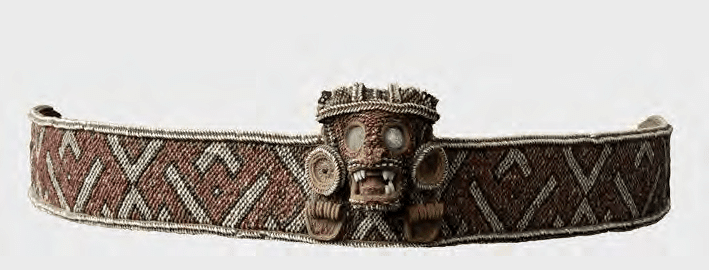While revisiting Griswold's translation of An Account of the Antiquities of the Indians, we were shocked to see mention of a prophecy of clothed foreigners who would overcome the locals, kill, and cause the indigenes to die of hunger. According to Ramón Pané, the indigenous population (presumably from the Cibao region of Hispaniola, where much of Pané's information was gathered?) came to believe the prophecy was a warning of Columbus. Amazingly, within a few decades of their encounter with the Admiral, their population did experience catastrophic suffering and decline.
That eerily accurate prediction aside, Pané's brief account of the indigenous population's beliefs and practices is astonishing in other ways. Arrom, drawing on Las Casas, Oviedo, and ethnographic and linguistic data from related indigenous populations like the Arawak, shows how complex Taino mythology and religion actually was. For instance, a myth might allude to something like the origin of the sea or the creation of animals. Others, however, reflect their knowledge of astronomy and weather patterns, such that Anacacuya may have represented a mythic representation of the Pole Star. Their myths also have parallels with Arawak, Carib, and other indigenous societies of South America, suggestive of deep antiquity and possible etymologies of names for mythic places. Some of this remains speculative, naturally, but helps the reader understand some of the metaphors, symbols, and social practices misunderstood by Pané.
If, despite their limitations, sources such as An Account of the Antiquities of the Indians remain indispensable for reconstructing the history of the indigenous Caribbean, one must know how to "read" through the colonial and Christian biases. Arrom's careful footnotes do an excellent job in this regard, thereby showing how one can use colonial sources to reconstruct the history of the Taino of Hispaniola (and the Greater Antilles). One can also begin to see more clearly the numerous ways in which elements of the indigenous cultures survived the conquest and went on to play a major role in the development of the colonial-era peasantries in the Spanish Caribbean. They may have lost the behiques, zemis, caciques, and most of the religion, but inherited several other aspects of the indigenous legacy.

No comments:
Post a Comment